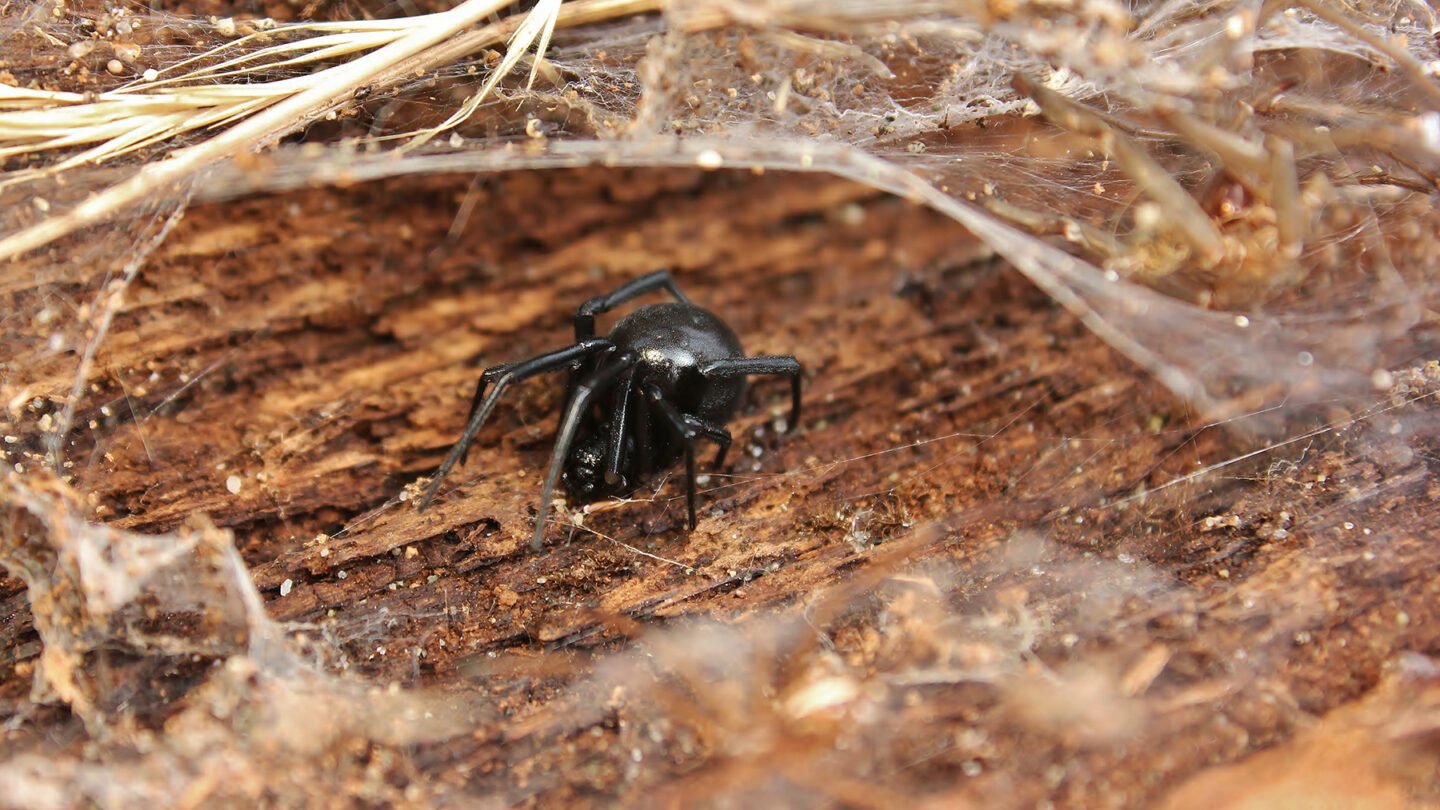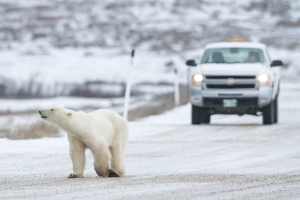
People & Culture
The truth about polar bears
Depending on whom you ask, the North’s sentinel species is either on the edge of extinction or an environmental success story. An in-depth look at the complicated, contradictory and controversial science behind the sound bites
- 4600 words
- 19 minutes








